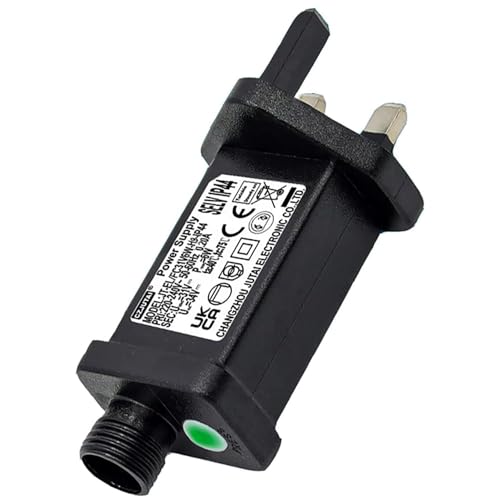Lighting is a crucial aspect of any pond, enhancing its visual appeal and creating a serene atmosphere. But when it comes to pond lights, safety and efficiency are paramount. This article explores the necessity of transformers for pond lights, discussing different light types and offering essential tips on keeping your pond lighting system safe and functional.
Understanding transformers and pond lights
A transformer is an electrical device that changes the voltage of an alternating current (AC) power supply. In the context of pond lights, transformers are used to convert the mains voltage (usually 240V in the UK) to a lower, safer voltage (or DC) for your pond lighting system. This lower voltage reduces the risk of electrical accidents and ensures the safety of your aquatic inhabitants.
Different types of pond lights and the need for a transformer
Various types of pond lights may require a transformer, depending on their power source and voltage requirements. Let’s explore the most common pond light types:
- Halogen lights: Traditional halogen pond lights typically require a transformer to convert the mains voltage to a safe level, usually 12V. This lower voltage minimises the risk of electrical hazards in the event of a fault or damage to the lighting system.
- LED lights: Most modern LED pond lights have built-in transformers, which convert the mains voltage to a safe level for the lights. However, some LED lights may still require an external transformer, so it is essential to check the manufacturer’s specifications.
- Solar lights: Solar pond lights do not require a transformer, as they are powered by solar energy and operate at a safe, low voltage. This makes them an eco-friendly and energy-efficient option for pond lighting.
Keeping transformers dry and well-ventilated
One of the essential aspects of using a transformer for your pond lights is to ensure it stays dry and well-ventilated. Transformers generate heat during operation, and inadequate ventilation can lead to overheating and potential damage. Additionally, exposure to moisture could cause electrical faults or even dangerous short-circuits. To prevent these issues, follow these tips:
- Install the transformer in a weatherproof enclosure or a well-ventilated area, such as a garage or shed.
- Make sure the transformer is elevated and not in direct contact with the ground to reduce the risk of water ingress.
- Regularly inspect the transformer for signs of moisture or corrosion, and take prompt action to address any issues.
Safety precautions when using pond lights and transformers
To ensure the safety of your pond lighting system, adhere to the following guidelines:
- Hire a qualified electrician for the installation of pond lights and transformers to ensure compliance with electrical safety regulations.
- Use weatherproof and watertight electrical connections to minimise the risk of water ingress and electrical faults.
- Install a residual current device (RCD) to protect your pond lighting system against electrical faults and potential hazards.
- Regularly inspect and maintain your pond lighting system, checking for signs of damage, wear, or moisture ingress.
Conclusion
Transformers play a crucial role in ensuring the safe and efficient operation of pond lights. Depending on the type of pond light, a transformer may be necessary to convert the mains voltage to a lower, safer level. By following the appropriate safety precautions and keeping your transformers dry and well-ventilated, you can create a stunning, illuminated aquatic paradise for you and your pond’s inhabitants to enjoy. Happy pond keeping, dear enthusiasts!

















